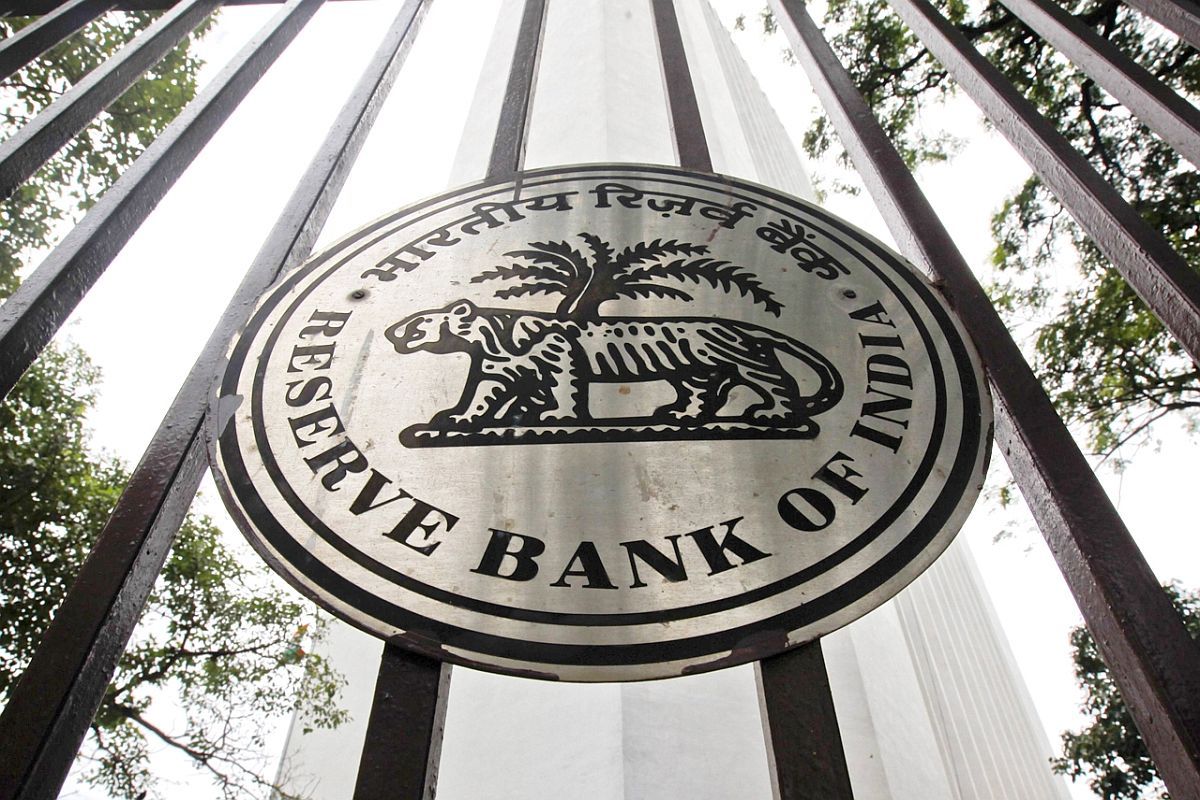Moody’s Investors Service has termed the RBI’s revised framework for the resolution of stressed assets a credit positive move while suggesting the country’s insolvency code mechanism to speed up resolution process.
It has also given thumbs up to the RBI’s move to extend the circular to NBFC firms on provisioning for NPAs.
Advertisement
“The Reserve Bank of India’s (RBI) revised framework for the resolution of stressed assets is credit positive because it brings back the focus on the need for the timely resolution of such assets, and the build up of loan loss provisioning against those assets,” Alka Anbarasu, Vice President, Financial Institutions Group, Moody’s Investors Service said.
Extension of the circular to non-bank finance companies (NBFCs) will help align the loan-loss provisioning norms for the large stressed accounts of NBFCs with commercial banks, she said.
But she also added that the IBC still has to overcome the timely resolution of the stressed assets.
“Nevertheless, the slower-than-expected progress under the Insolvency and Bankruptcy Code remains the key hurdle to the timely resolution of stressed assets. The cleanup of the bank’s balance sheets could therefore still take another two to three years,” noted the credit rating agency.
The RBI on June 7 issued a new prudential framework for resolution of stressed assets, effectively replacing its controversial February 12, 2018 circular with a mixed bag of norms applying to a wider class of lenders.
Three major changes mark the new circular: The central bank has now made it voluntary for lenders to take defaulters to the NCLT and the framework now applies to a larger gamut of lenders, including small banks and non-banking finance companies, and penal provisions have been introduced for lenders.
